1. What is Retinoic acid?
Retinoic acid (see structure on the image above) has been used for decades as Retin-A® in the treatment of acne. More recently it is widely used as a treatment for fine wrinkles in the skin. It works essentially as a chemical peel by altering the follicular epithelium (the outer layer of skin) so that it doesn't keratinize (form a hard compact layer).
2. What are the other names for Retinoic acid?
Retinoic acid also called tretinoin, all-trans-retinoic acid, Vitamin A acid, Retin-A®, Atralin®, Avita®, Renova®, Tretin-X®. Do not confuse it with Isotretinoin (brand name Accutane). Isotretinoin to Tretinoin (retinoic acid) is like someone's left hand to right hand structurally. They look almost identical, but you can never overlap them.
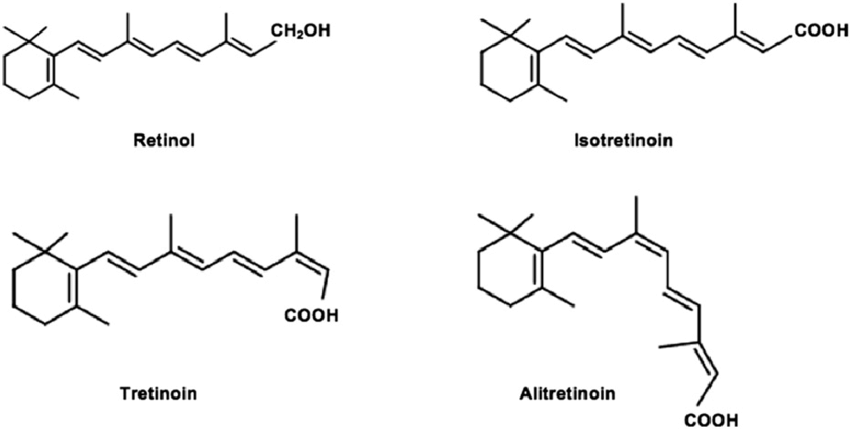
3. Why is retinoic acid added to minoxidil?
A: Minoxidil has to be absorbed by the scalp in order to be effective. Minoxidil itself cannot penetrate the scalp . That is why delivery vehicles such as propylene glycol (PG) or glycerin or dimethyl isosorbide (DMI) is used in all minoxidil products. The addition of retinoic acid can further help minoxidil penetrate the skin and reach hair follicles and thus enhance the effectiveness of minoxidil.
According to a study by Shin et al, when 5% minoxidil is mixed 0.01% retinoic acid (tretinoin), it can be used once a day and achieve equivalent results as 5% minoxidil twice daily usage. (See the study at the end of this blog).
4. How can I make a minoxidil solution with a diffrent retinoic acid strength?
A: You can use our 0.3% retinoic acid solution to easily make a minoxidil solution with retinoic acid a concentraion different than 0.025%.
5. What are the common side effects of Retinoic Acid (tretinoin)?
The most common side effects are scalp itchiness, skin peeling, redness, dry skin, flaking or dandruff of the scalp. Retinoic acid also makes the scalp sensitive to sun burn.
6. How can I reduce the side effects of Retinoic acid?
a). Use retinoic acid at night.
b). Avoid using the product after a hot shower.
c). Use the product progressively to let your scalp build tolerance. You can start with once every other night, then move to once every night, and finally increase to twice a day.
d). Add steroid such as 0.01% Fluocinolone or 0.1% hydrocortisone or to the retinoic acid minoxidil solution.
e). Use ketoconazole anti-dandruff shampoo such as Hair Covet Restoration shampoo.
7. Will I have shedding when starting Retinoic acid?
A small percentage of people may experience an initial increase of hair loss (shedding) at the onset of treatment similar to the use of minoxidil. However, the shedding resolves with time. (Read minoxidil shedding here)
8. Why is retinoic acid recommended to be used at night?
Retinoic acid is degraded by strong light, so there is no benefit to using it during the day, when the bright light will render the medication ineffective.
9. Can I still use minoxidil solutions with retinoic acid, if I like to be out in the sun or get a lot of sun exposure on my job?
The activity of retinoic acid is be affected by direct sunlight as mentioned in the question 7. Therefore, if you are in the sun a lot, it is best to use retinoic acid only at night and in the morning use solely the 5% minoxidil. In addition, Retinoic acid also increases your sensitivity to the sun. Therefore if you apply any solution that contains retinoic acid in the morning, avoid direct sun exposure to the scalp or apply sunscreen or wear a hat.
10. What else can be added to a retinoic acid minoxidil solution?
Topical Finasteride 0.1% (DHT blocker), progesterone 0.25% (DHT blocker), Azelaic acid 5% (DHT blocker), caffeine 0.001% (hair growth enhancer), Vitamin E 0.1% (absorption enhancer), hydrocortisone 0.1% (help reduce scalp irritation), Biotin 3% (hair growth factor). Do all these ingredients have to be included in a solution? Absolutely not. You can compare the ingredients of different products here and choose the right one for you. One good combination is 7% or 8% minoxidil, topical finasteride and retinoic acid (See Maxogen-X). Some people wish to add spironolactone, which we do not think is a good idea. Spironolactone has a peculiar odor. Most people won't be able to tolerate it. We have a topical spironolactone cream (5%) that has a low odor available (see Maxogen-S).
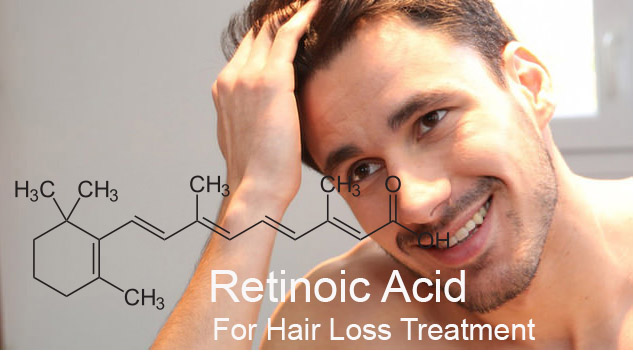
Article shows the addition of 0.01% retinoic acid to 5% minoxidil double the effetiveness of minoxidil.
Efficacy of 5% minoxidil versus combined 5% minoxidil and 0.01% tretinoin for male pattern hair loss: a randomized, double-blind, comparative clinical trial.
by Shin HS et al.
STUDY: Two groups, 15 subjects in each group. One group applied 5% minoxidil twice daily. The other group applied 5% minoxidil with 0.01% retinoic acid once in the night and a vehicle placebo in the morning. Study last for 18 weeks.
RESULTS: The two groups showed equivalent results. See the complete article .
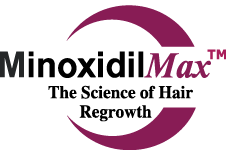
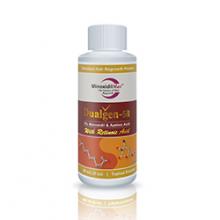
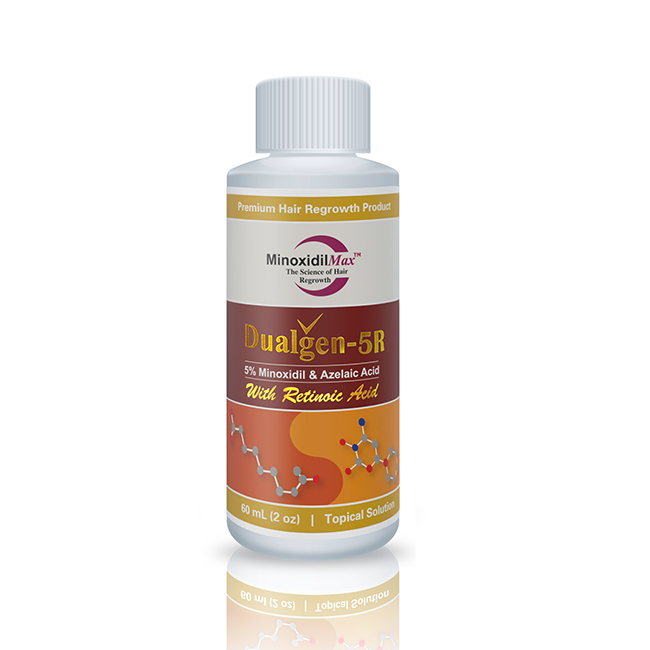


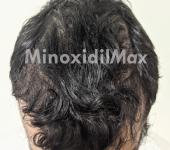
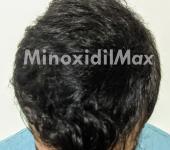


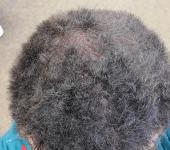
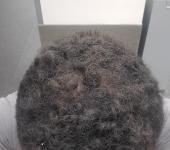
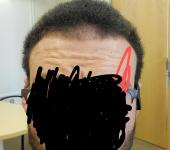
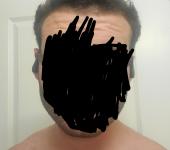
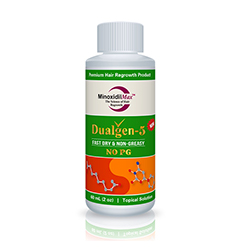
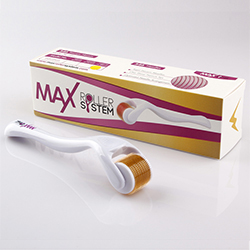
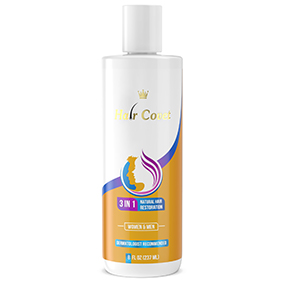

Reviews